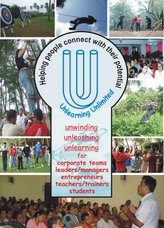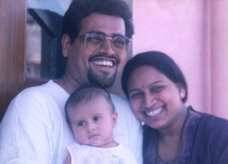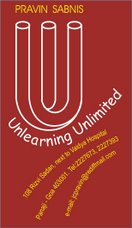The members of BNI Aparant
boarded the boat that slithered across the serene waters of the calm cove. As
it entered the river, the waters got a bit more stirring. But when it entered
the Arabian Sea, the perturbations made the boat sway. For the first timers, it
was a situation that ranged from exciting to worrying. Reactions ranged from
nervous singing to a disquieting silence.
Then we halted for the
welcome interludes: a dip in the sea, barbeque on the beach, singing and
dancing... On the return journey, the waters got worse. Yet, everyone seemed
better equipped to deal with the challenge. Obviously, the morning experience
had helped deal with the discomfort zone. Everyone stepped back on to land with
a sense of achievement!
So often we
rationalise our discomfort. Consider, we say ‘Networking does not matter; quality
of work does,’ or ‘People who network grovel and I cannot do so.’ While these
statements may be true, they often mask the reality: that we are afraid of
networking or public speaking and can’t get ourselves to admit it.
Most of such fears
are formed due to a previous experience or because of belief conditioned by
other people’s experience or simply from never having gone through the
experience. Either way, an alternate experience is necessary to unlearn that
fear. Once we recognise that we are grappling with fear, we must move to overcome
it.
The resolve to
embark on the alternate experience is best fostered under the guidance of those
have the experience and expertise. Safety measures are important too as they indicate
prudent planning. Indeed, we must discover the happiness of stepping outside
the comfort zone and coping with fear.
When we step
outside our comfort zone, that’s when the magic happens. It’s where we can
grow, learn, and develop in a way that expands our horizons beyond what we
thought was possible. Of course it maybe terrifying and unsettling, but when we
get the courage to take this leap, we will eventually develop the skill and attitude
to actually pull it off, again and again.
May we ‘unite to impact’ resolve, guidance and
safety
Step out of the comfort zone and quit the
fear surely!
- Pravin K. Sabnis
Goa, India.



